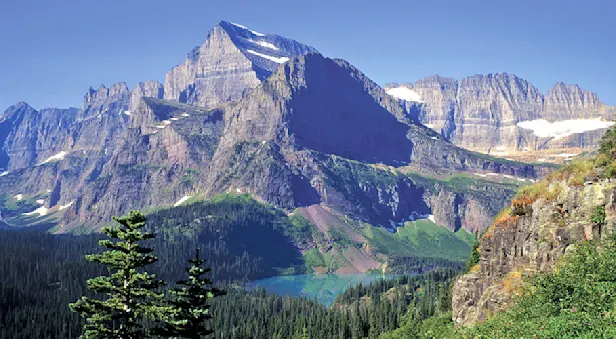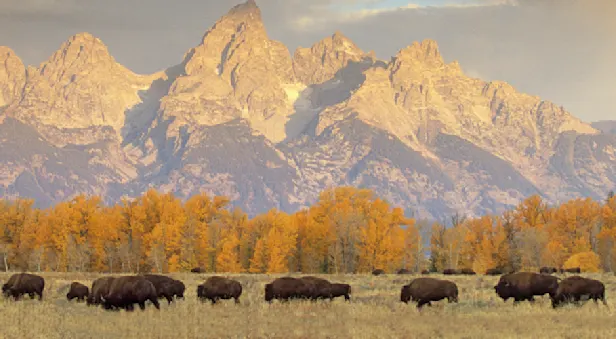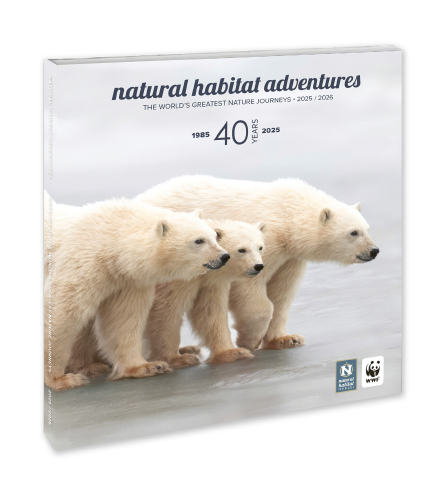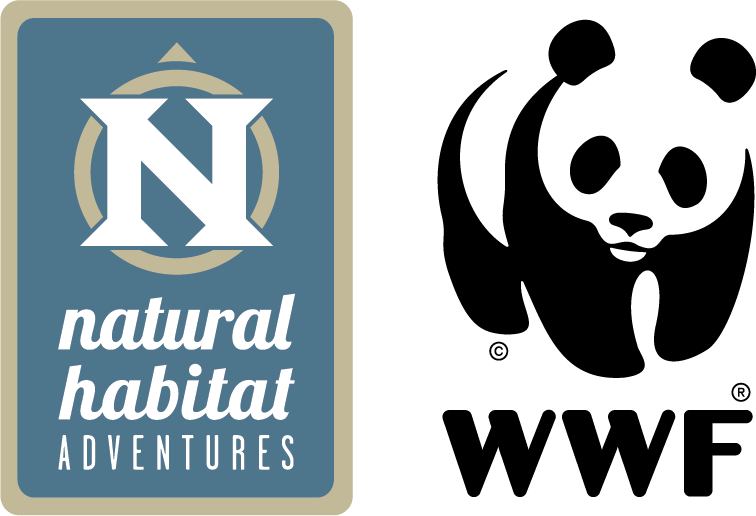Know Before You Go
Black Bear Facts | Glacier & Waterton Wildlife Guide
Black bears are the smallest and most common bear in North America. Glacier National Park in Montana and neighboring Waterton Lakes National Park in Alberta, Canada are two of the few places where black and grizzly bears coexist.
PHYSICAL CHARACTERISTICS
Only about half of the black bears in western states are black in color—the rest are brown, blond or cinnamon. This can make it difficult to tell what kind of bear you are watching. Black bears do not have the characteristic shoulder hump of the grizzly, and their noses are “aquiline,” coming straight down from the forehead.
On average, black bears are much smaller than grizzlies, with males in Glacier National Park generally weighing between 180 and 250 pounds (though sometimes up to 400 pounds) and females ranging between 120 and 180 pounds.
BEHAVIOR & FEEDING HABITS
Black bears are omnivores. Their generalized diet has enabled them to be successful in many ecosystems, making them the most widespread bear species in the world. In fact, there are more black bears in the world than all other bears combined. They seem to be equally happy feeding from a berry patch, a camper’s cooler or a suburban garden. Their activity levels peak in the fall as they eat almost continually to put on the weight they will need for their winter hibernation, and most black bears are in their dens by the end of December.
Visit North America's National Parks on These Trips

Glacier & Waterton: An International Treasure
Sheer-walled peaks, icy lakes, alpine valleys, summer wildflowers and magnificent wildlife! Discover all the wonders on both sides of the border with naturalist guides who know this land intimately.


Hidden Yellowstone & Grand Teton Safari
A small-group exploration of Yellowstone and the Tetons as few get to experience these iconic parks—scout for wildlife and discover secret places with our naturalist guides who know this region intimately.
























